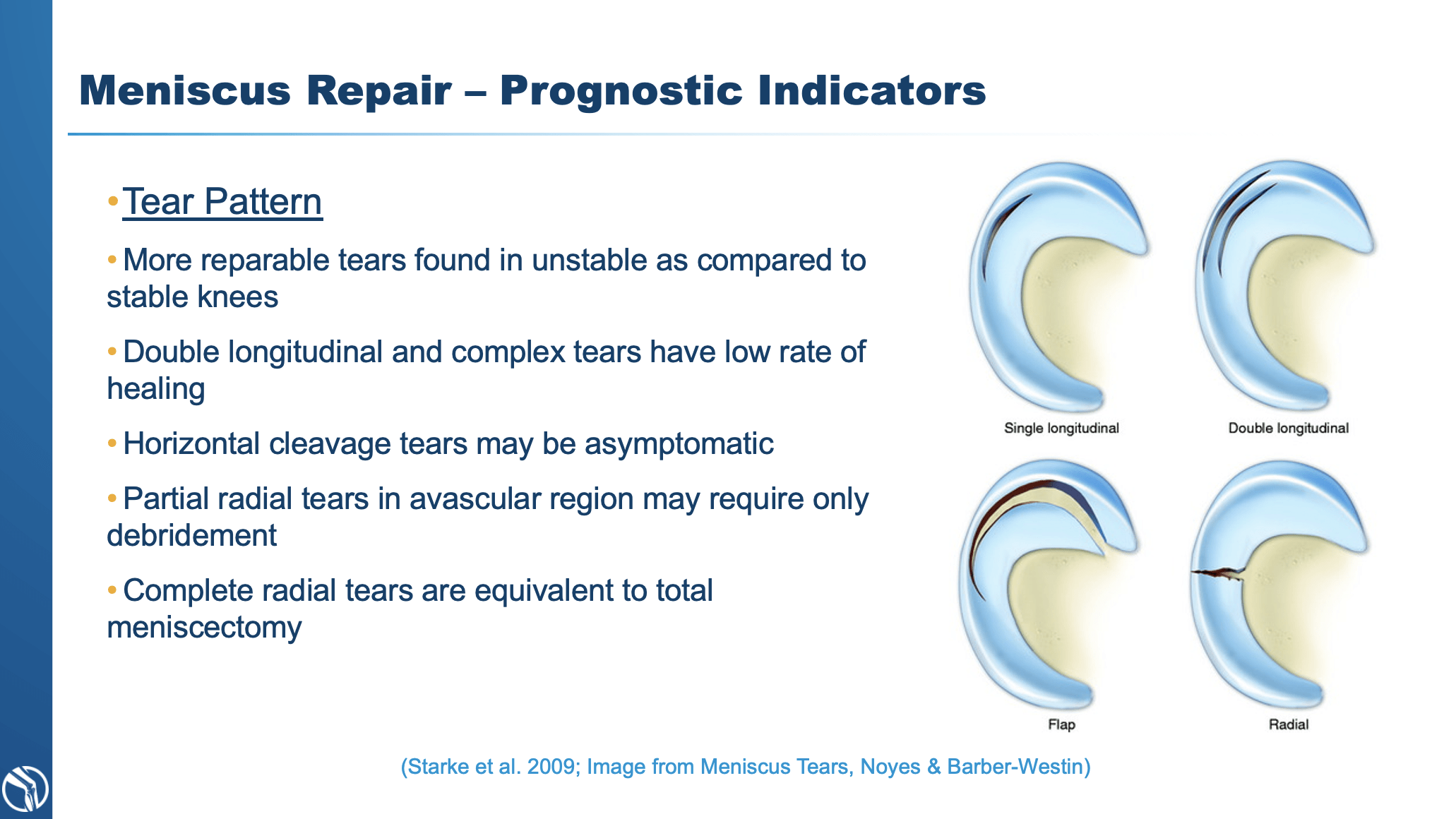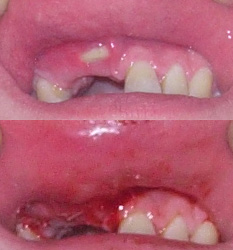Gums Puffy After Flossing: Reduce Swelling Fast

Flossing is an essential part of our oral hygiene routine, helping to remove food particles and plaque from between our teeth and beneath our gumlines. However, some individuals may experience puffy or swollen gums after flossing, which can be uncomfortable and even painful. This phenomenon can be attributed to several factors, including improper flossing technique, gum sensitivity, or underlying gum disease. In this comprehensive guide, we will delve into the causes of puffy gums after flossing and provide expert advice on how to reduce swelling quickly and prevent future occurrences.
Understanding the Causes of Puffy Gums
To address the issue of puffy gums after flossing, it’s crucial to understand the underlying causes. Here are some possible reasons:
- Improper Flossing Technique: Using too much force or applying the floss too aggressively can irritate the gums, leading to swelling. It’s essential to floss gently, curving the floss around the base of each tooth in a “C” shape.
- Gum Sensitivity: Some individuals may have more sensitive gums than others, which can react to the flossing process by becoming puffy or inflamed.
- Gingivitis or Gum Disease: If you have underlying gum disease, flossing can sometimes exacerbate the condition, leading to increased swelling and discomfort.
- Inadequate Oral Hygiene: Not brushing or flossing regularly can lead to plaque buildup, which can cause gum inflammation and puffiness.
Reducing Swelling Fast
If you’re experiencing puffy gums after flossing, there are several steps you can take to reduce the swelling:
- Salt Water Rinse: Mix 1 teaspoon of salt with 8 ounces of warm water and swish it around your mouth for about 30 seconds before spitting it out. This can help reduce inflammation and kill bacteria.
- Cold Compress: Applying a cold, damp washcloth to the outside of your mouth near the affected area can help reduce swelling. Do this for a few minutes at a time, several times a day.
- Gentle Massage: Massaging your gums gently with your finger in a circular motion can increase blood flow and help reduce swelling. Be careful not to apply too much pressure.
- Over-the-Counter Pain Relievers: If the swelling is accompanied by pain, over-the-counter pain relievers like ibuprofen or acetaminophen can help. However, always follow the recommended dosage and consult your dentist if the pain persists.
- Improving Flossing Technique: Ensure you’re flossing correctly. If you’re unsure, consult your dentist or hygienist for a demonstration.
Preventing Future Occurrences
Preventing puffy gums after flossing involves a combination of good oral hygiene practices, regular dental check-ups, and adopting a gentle yet effective flossing technique. Here are some preventive measures:
- Regular Flossing: Floss once a day, preferably before brushing your teeth at night, to remove plaque and food particles.
- Brushing Technique: Use a soft-bristled toothbrush and fluoride toothpaste, brushing your teeth at least twice a day for two minutes each time.
- Mouthwash: Using an antibacterial mouthwash can help kill bacteria that cause gum disease.
- Dietary Changes: Eating a balanced diet rich in fruits, vegetables, and whole grains can help support oral health. Limit sugary and acidic foods and drinks that can contribute to tooth decay and gum disease.
- Regular Dental Visits: Visit your dentist every six months for a check-up and cleaning. This can help identify any oral health issues early on, including gum disease.
Expert Insights
According to dental experts, maintaining good oral hygiene and being mindful of your flossing technique can significantly reduce the occurrence of puffy gums. “The key is to be gentle and consistent. If you notice persistent swelling or discomfort, it’s essential to consult with a dental professional for personalized advice,” notes Dr. [Expert’s Name], a leading dentist in [Location].
Conclusion
Puffy gums after flossing can be a temporary setback in your oral hygiene routine, but with the right approach, you can reduce swelling and prevent future occurrences. By understanding the causes, implementing effective reduction strategies, and maintaining good oral hygiene practices, you can enjoy healthier gums and a brighter, more confident smile. Remember, if your symptoms persist or worsen, consulting a dental professional is the best course of action to ensure your oral health and well-being.
How often should I floss to prevent puffy gums?
+Flossing once a day is recommended to remove plaque and food particles that can cause gum inflammation. However, the frequency may vary based on individual oral health needs, so it's best to consult with your dentist for personalized advice.
Can using a waterpik help reduce gum swelling?
+Yes, a waterpik can be an effective tool for removing plaque and debris from between teeth and below the gumline, potentially reducing gum swelling. However, it's essential to use it gently and as directed to avoid causing further irritation.
What are the signs of gum disease, and how can it be treated?
+Signs of gum disease include red, swollen, or bleeding gums, bad breath, and loose teeth. Treatment often involves a professional dental cleaning, improved oral hygiene practices, and in severe cases, surgical interventions. Early detection and treatment are crucial for preventing long-term damage.
By following these guidelines and staying committed to your oral health, you can not only reduce the occurrence of puffy gums after flossing but also enjoy a healthier, happier smile for years to come. Remember, good oral hygiene is just the beginning; it’s a journey towards overall well-being.


